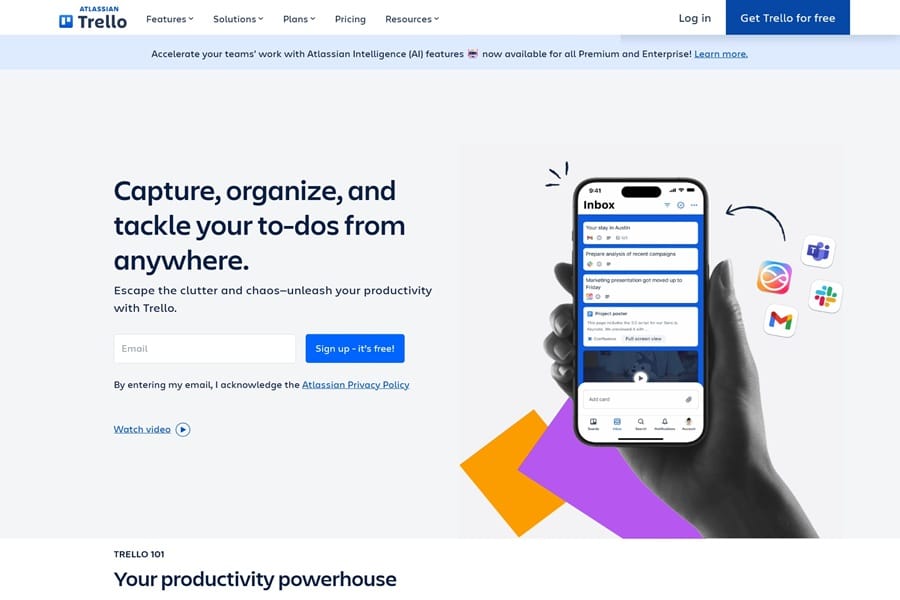Effective marketing isn’t reserved for businesses with six-figure budgets. In fact, some of the most successful brands have been built on lean, creative strategies that focus on value, consistency, and audience connection rather than costly ads and big production campaigns.
If you’re working with limited resources, you don’t need to sacrifice impact—you just need to be strategic. Here’s how to build a marketing plan that delivers real results with a small budget.
Define Clear, Measurable Goals
Start by identifying what success looks like. Common marketing goals for small businesses include:
- Increasing website traffic
- Growing an email list
- Boosting social media engagement
- Generating leads or sales

Keep your objectives specific and measurable. For example, instead of “get more followers,” aim for “increase Instagram followers by 20% in 3 months.”
Having clear goals helps you stay focused and evaluate the ROI of your efforts—even on a small scale.
Understand Your Target Audience Inside and Out
Knowing your audience is your most valuable (and free) asset. The better you understand their needs, pain points, and behaviors, the more effective your content and messaging will be.
Use free tools to gather insights:
- Google Analytics for website data
- Meta Insights for Facebook and Instagram demographics
- Reddit and Quora for raw conversations around your niche
- Surveys or informal polls to gather direct feedback
With this data, you can create content that speaks directly to your audience and drives engagement without needing to spend a dime.
Leverage Organic Content Marketing
Content marketing is one of the most cost-effective long-term strategies. Focus on creating helpful, high-value content in formats that your audience already consumes:
- Blog posts optimized for SEO
- Short-form videos (Reels, TikToks, YouTube Shorts)
- Email newsletters with tips, updates, or offers
- Educational carousels or infographics on LinkedIn or Instagram
Repurpose your content across platforms to extend its lifespan and reach. For example, a blog post can become an email, social captions, a video script, and a carousel.
Use Free and Affordable Tools
There’s no shortage of budget-friendly marketing tools to help you execute and automate your strategy:
- Canva – for graphics and branded content
- MailerLite or Mailchimp Free Tier – for email campaigns
- Buffer or Later – for social media scheduling
- Google Forms – for customer feedback
- Trello or Notion – for content planning

Many of these tools offer free versions with more than enough features for small teams or solo marketers.
Build Relationships Through Community Engagement
Engagement often trumps reach, especially for small brands. Use your time—not your money—to interact meaningfully:
- Reply to comments and DMs
- Join relevant Facebook or LinkedIn groups
- Collaborate with micro-influencers or local creators
- Comment on others’ posts to build visibility
These organic interactions build trust, expand your network, and keep your brand top-of-mind—all without spending a cent.
Tap Into User-Generated Content (UGC)
Encourage your customers to create content for you by sharing their experiences with your product or service.
How to do it:
- Ask satisfied customers for testimonials
- Run contests or challenges
- Create branded hashtags
- Repost stories or photos from your audience
UGC adds credibility and authenticity—and it saves you from having to create all content yourself.
Test Paid Ads—But Start Small and Smart
If you can allocate a small budget for paid ads, start with highly targeted campaigns:
- Use Facebook Ads or Google Ads with tight demographic and interest filters
- Focus on retargeting website visitors or cart abandoners
- Promote your best-performing organic content to amplify reach
Even $5–$10 a day can yield meaningful results if you’re targeting the right people with the right message.
Final Thoughts
You don’t need a massive budget to run a successful marketing strategy. With clear goals, deep audience knowledge, consistent content, and creative use of free tools, you can build momentum and grow your brand without overspending. What you lack in dollars, you can make up for with strategy, persistence, and authenticity.
The key is to be resourceful, track what’s working, and keep showing up. Marketing on a small budget isn’t a limitation—it’s an opportunity to do more with less.





